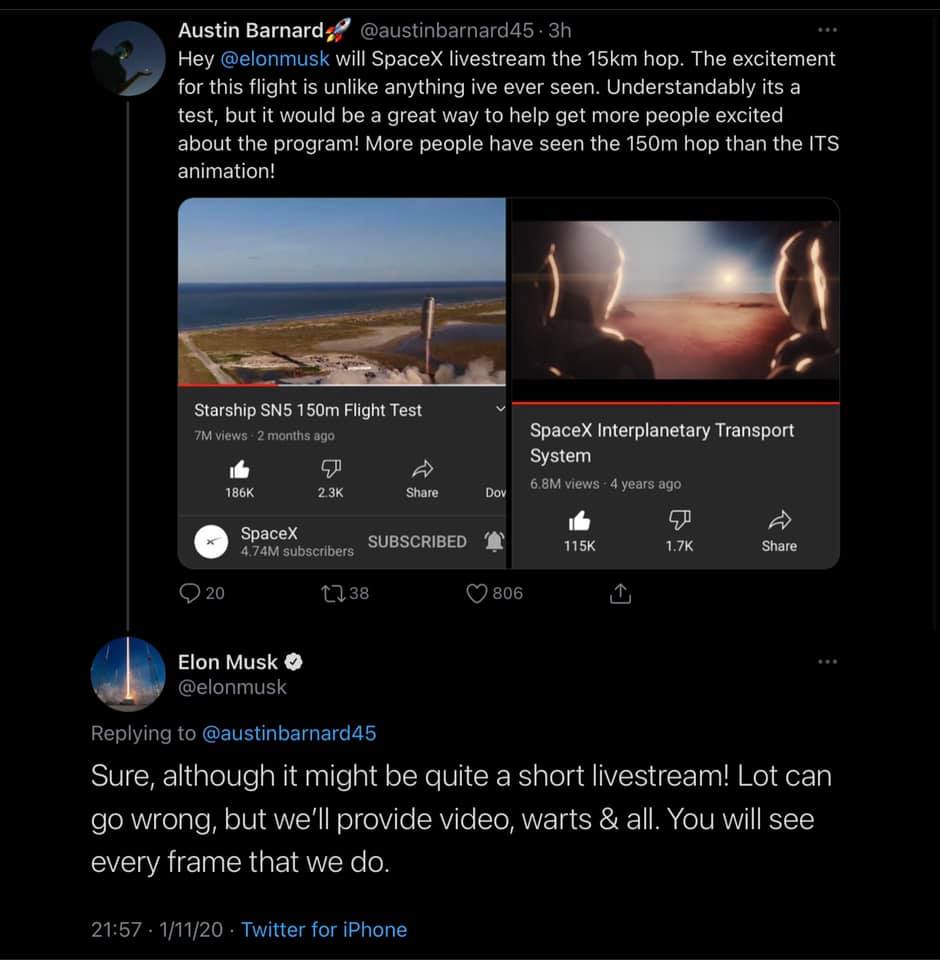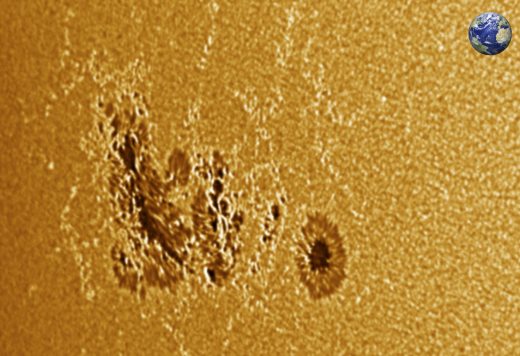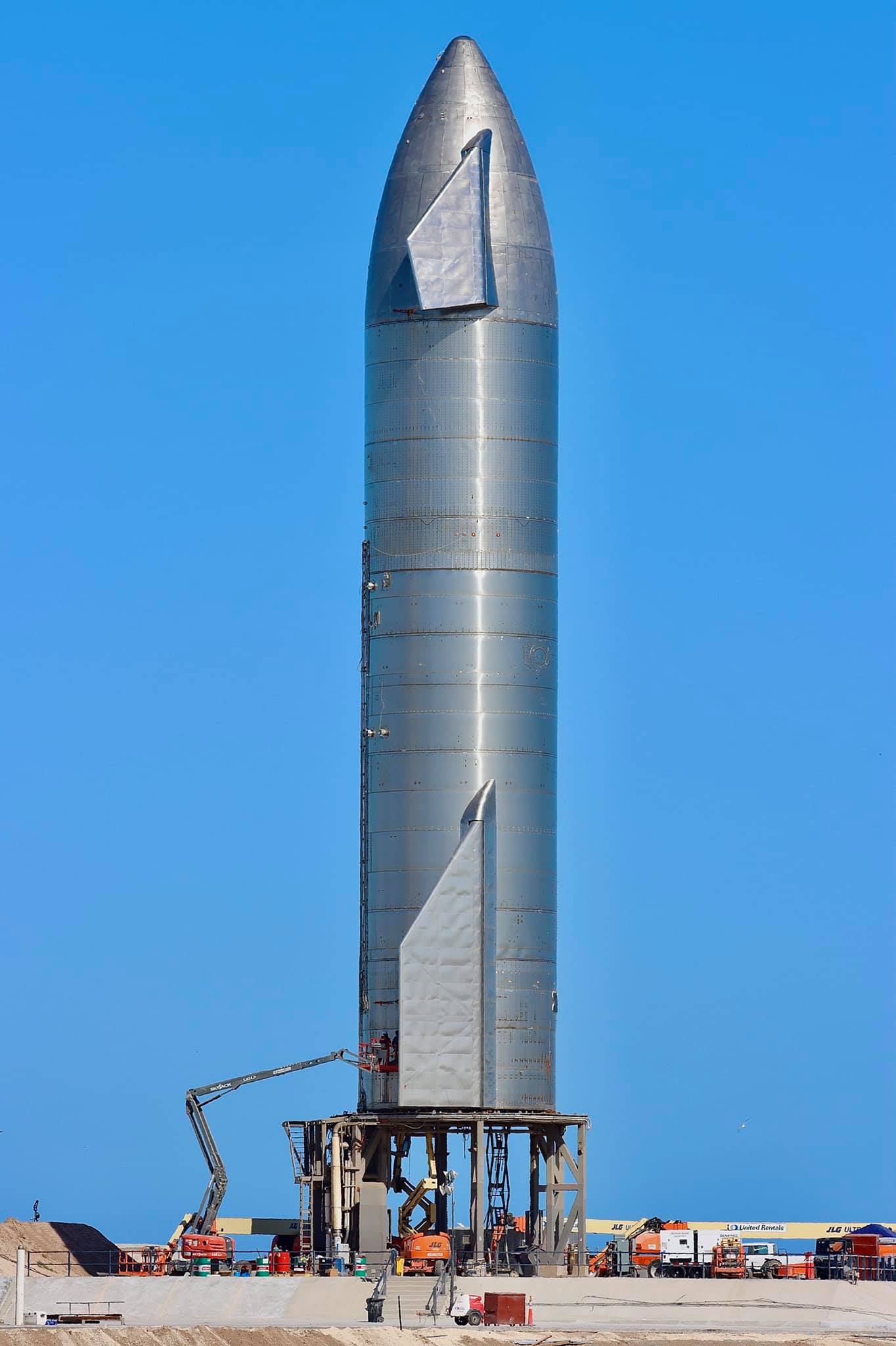...from today's edition of spaceweather.com:
LITTLE GREEN CANNONBALLS OF LIGHT: Just when you thought STEVE couldn't get any weirder.
A new paper published in the journal
AGU Advancesreveals that the luminous purple ribbon we call "STEVE" is often accompanied by green cannonballs of light that streak through the atmosphere at 1000 mph.
"Citizen scientists have been photographing these green streaks for years," says Joshua Semeter of Boston University, lead author of the study. "Now we're beginning to understand what they are."
 Above:
Above: The mysterious green streaks of light below STEVE. [
Full Caption]
STEVE is a
recent discovery. It looks like an aurora, but
it is not. The purple glow is caused by hot (3000 °C) rivers of gas flowing through Earth's magnetosphere faster than 13,000 mph. This distinguishes it from auroras, which are ignited by energetic particles raining down from space. Canadian aurora watchers first called attention to the phenomenon about 10 years ago, whimsically naming it STEVE; researchers have been studying it ever since.
There's a dawning realization that STEVE is more than just a purple ribbon. Photographers often catch it flowing over a sequence of vertical pillars known as the "
picket fence." They're not auroras either. And, now, Semeter's team has identified yet another curiosity in their paper, entitled "The Mysterious Green Streaks Below STEVE."
"Beneath the picket fence, photographers often catch little horizontal streaks of green light," explains Semeter. "This is what we studied in our paper."
 Above:
Above: Using amateur images, Semeter's team triangulated the height of "STEVE's cannonballs." [
Full Caption]
Semeter's team gathered pictures of the streaks taken by citizen scientists in Canada, the United States and New Zealand. In some cases, the same streaks were photographed by widely-separated photographers, allowing a triangulation of their position. Analyzing dozens of high-quality images, the researchers came to these conclusions:
1. The streaks are not streaks. They are actually point-like balls of gas moving horizontally through the sky. In photos, the 'green cannonballs' are smeared into streaks by the exposure time of the cameras.
2. The cannonballs are typically 350 meters wide, and located about 105 km above Earth's surface.
3. The color of the cannonballs is
pure green--much more so than ordinary green auroras, reinforcing the conclusion that they are different phenomena.
 Above
Above: The pure green of STEVE's cannonballs (upper left) is compared to the blue-green and other mixed colors of auroras. Credit: Joshua Semeter, Boston Univ.
So, what are the cannonballs? Semeter believes they are a sign of turbulence. "During strong geomagnetic storms, the plasma river that gives rise to STEVE flows at extreme supersonic velocities. Turbulent eddies and whirls dump some of their energy into the green cannonballs."
This idea may explain their pure color.
Auroras tend to be a mixture of hues caused by energetic particles raining down through the upper atmosphere. The 'rain' strikes atoms, ions, and molecules of oxygen and nitrogen over a wide range of altitudes. A hodge-podge of color naturally results from this chaotic process.
STEVE's cannonballs, on the other hand, are monochromatic. Local turbulence excites only oxygen atoms in a relatively small volume of space, producing a pure green at 557.7 nm; there is no mixture.
"It all seems to fit together, but we still have a lot to learn," says Semeter. "Advancing this physics will benefit greatly from the continued involvement of citizen scientists."
If you're an aurora photographer looking to contribute, be sure to read Semeter et al's original research at
https://agupubs.onlinelibrary.wiley.com
Edit:
Question: Would you believe these Green Cannonballs can approach the surface of Earth, level out, then ascend back into the sky?











